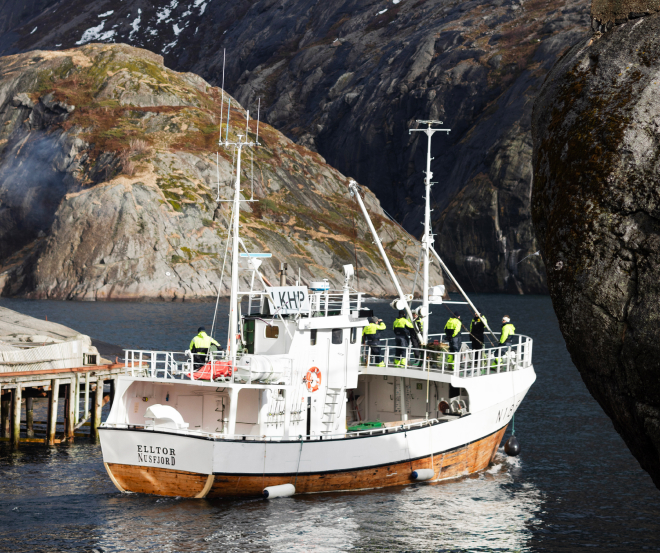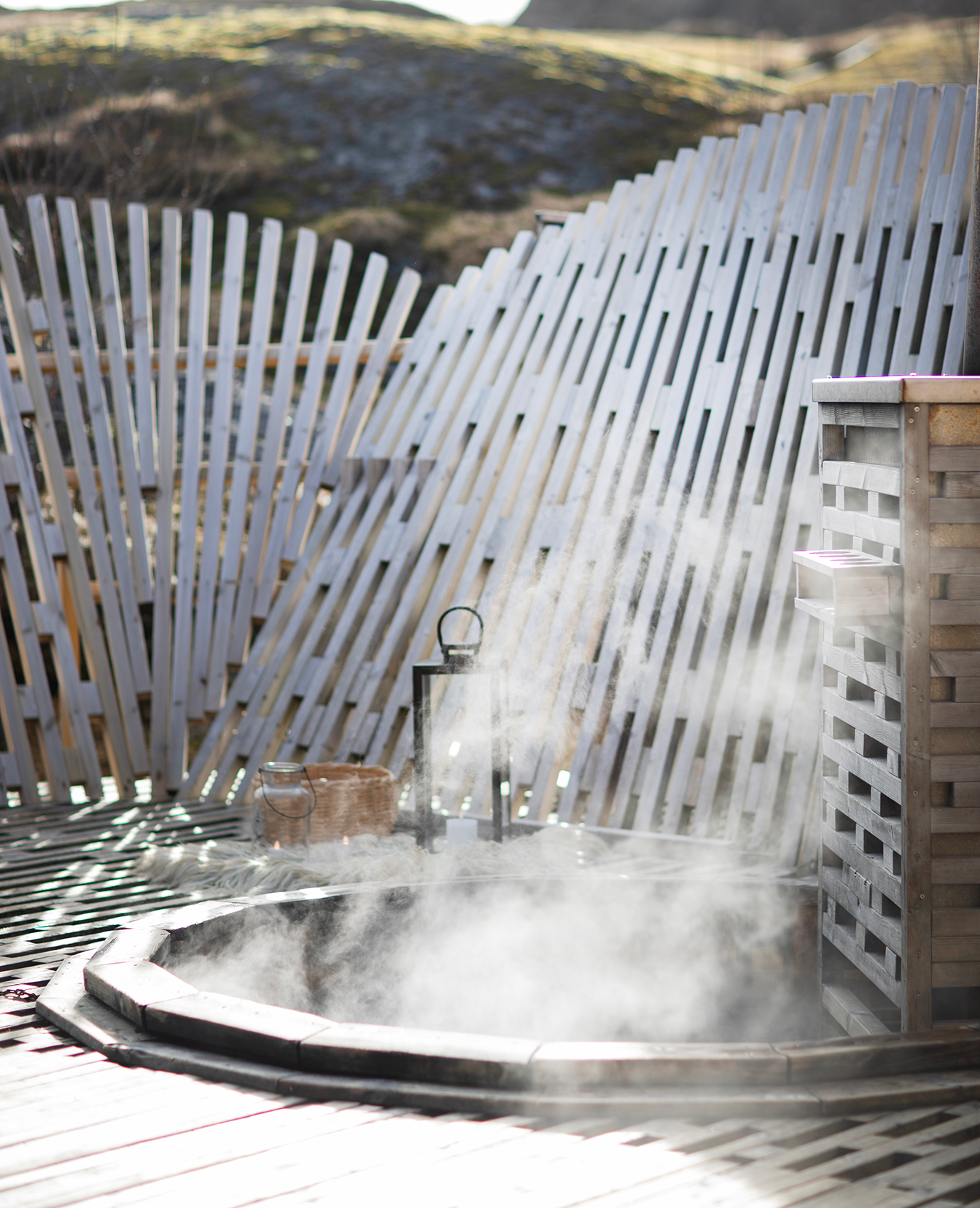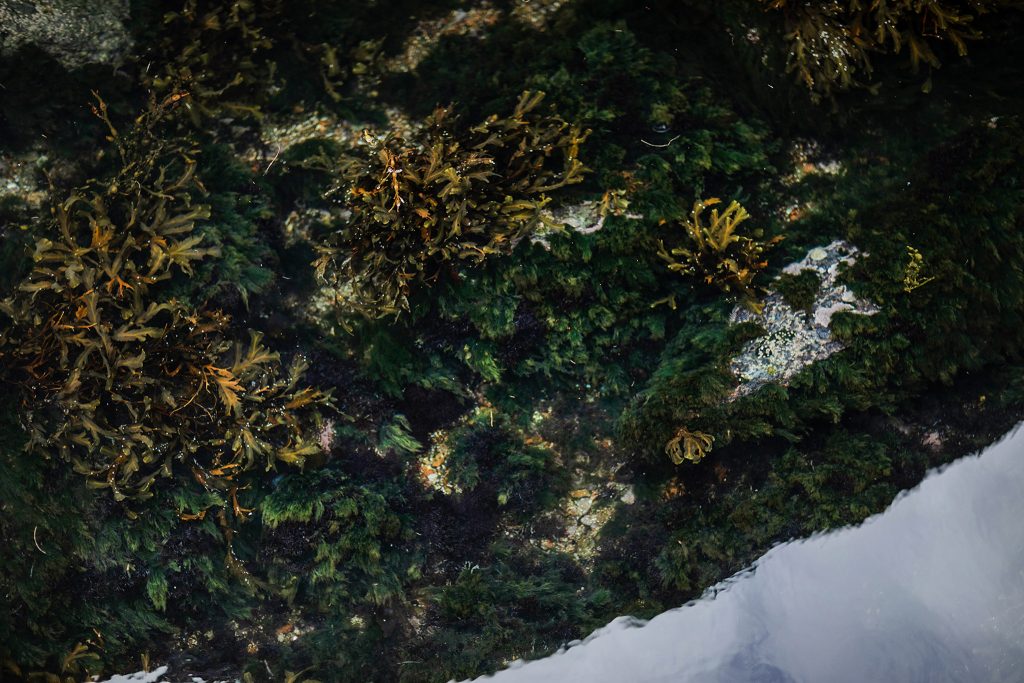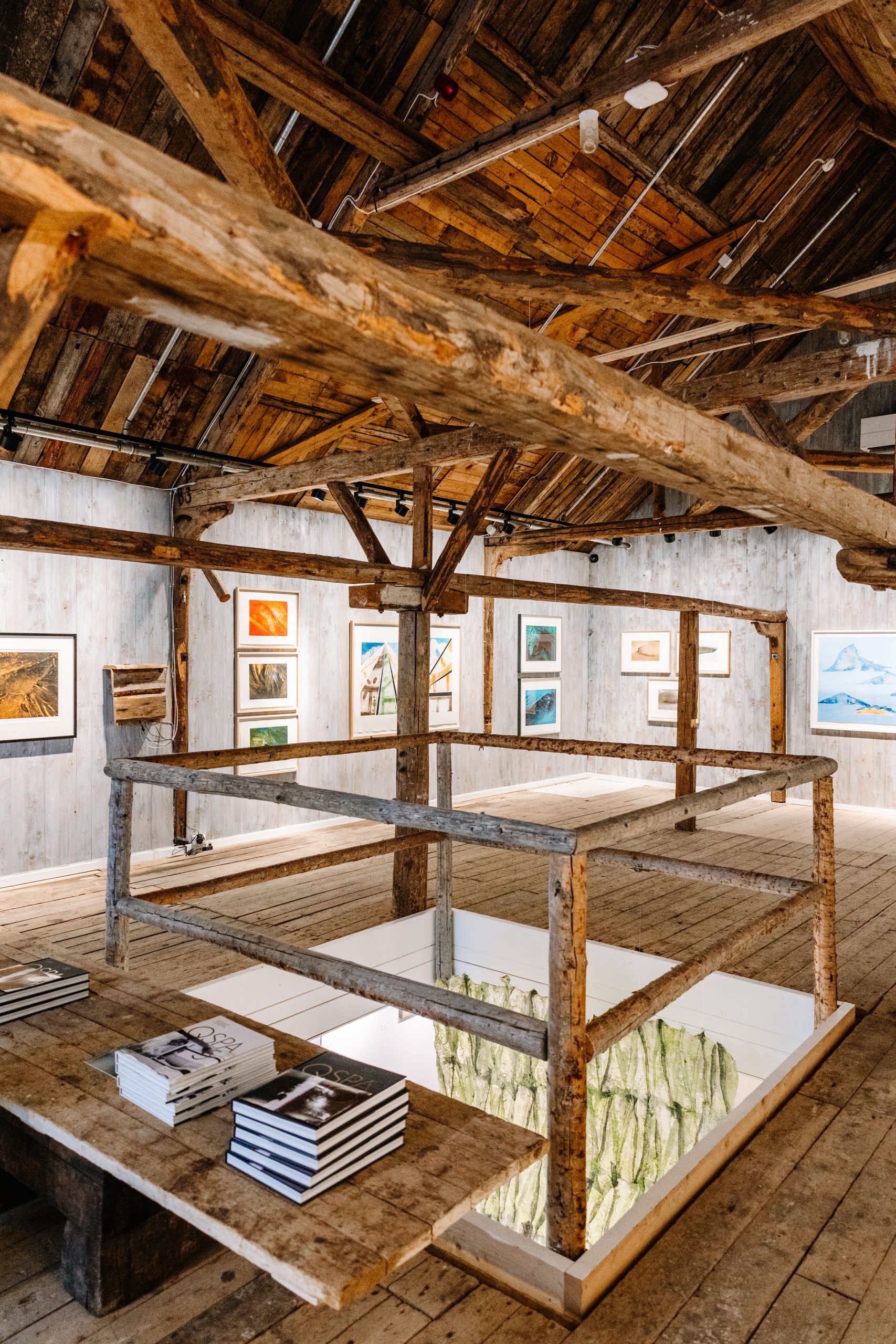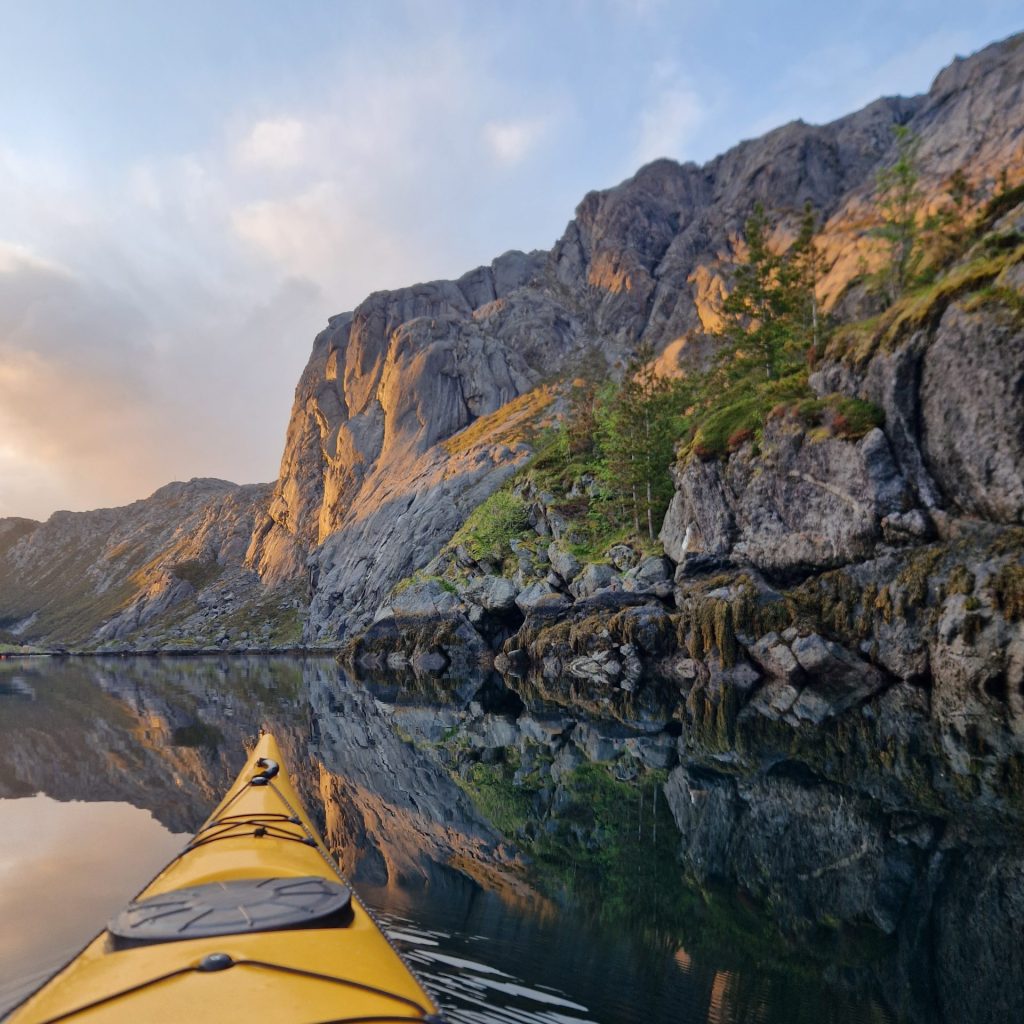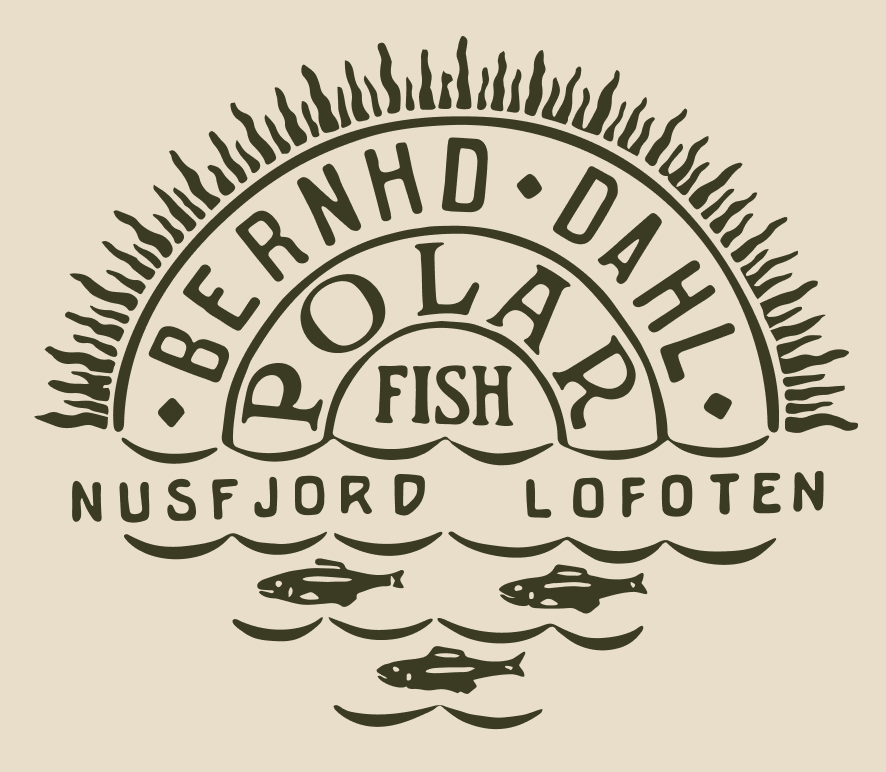At the end of a secluded valley stretching toward the sea, the heritage of our historic fishing village blends with every desire of modern adventurers.
Here, the spirit of exploration fills the air, inviting you to uncover and enjoy extraordinary moments. In the wild landscapes of Lofoten, Nusfjord offers a refuge of warmth and hospitality.
Nusfjord — Warmth in the wild

BOOK ONLINE
Spend a night or more
The former residence of Hans Dahl, the penultimate hamlet owner. Meticulously restored to preserve its authenticity, the house features elegant design and exquisite details. The house of Dahl is Nusfjord’s most exclusive accommodation option.
Nestled atop a hillside a short boat ride from Nusfjord, this private cabin boasts a breathtaking view of the surrounding sea and mountains. Relax by the fireplace indoors, or step out onto the inviting terrace to soak in the solitude and enchanting scenery of the Arctic.
Located close to the harbour, the village cottages invite you to experience the thriving village life of Nusfjord in Norway. The cottages are sheltered from the north wind, and enjoy close proximity to our dining experiences and historical center.
The harbour cottages are located around the pier of the historical fishing harbour. Enjoy waterfront views and intimate experiences of the ‘rorbu’ life. Wake up to the swaying of the ocean tides and the soothing sound of waves hitting against the wooden pier.
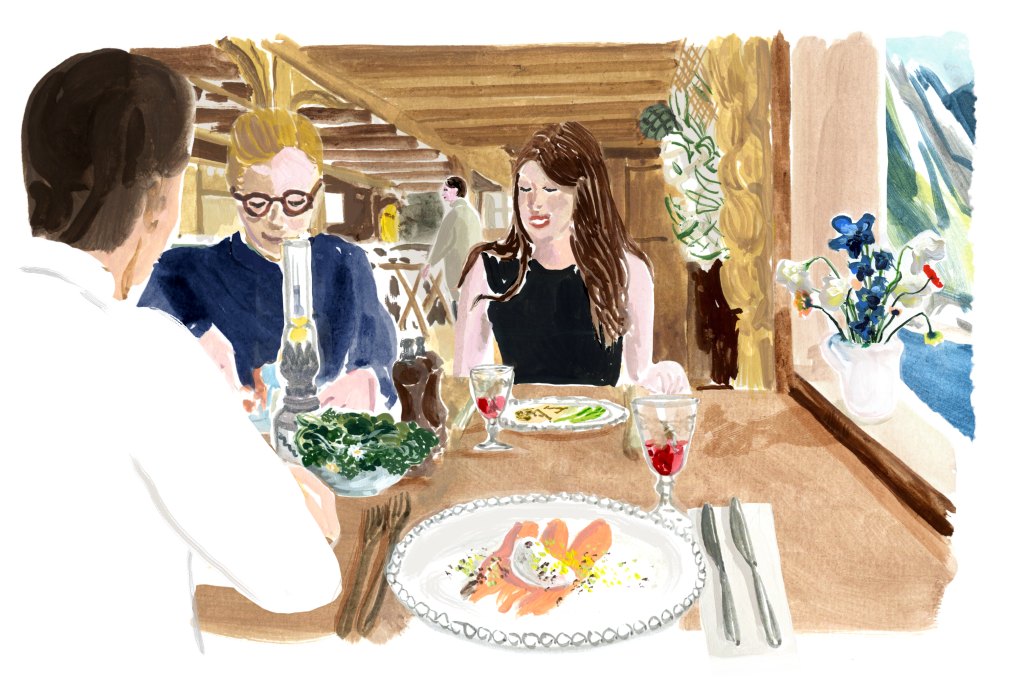
Our restaurants
Our wooden-walled restaurant provides a warm and intimate atmosphere with a weathered ocean view of the Arctic Circle. Restaurant Karoline reflects the rich traditions of Nordic cooking and bountiful harvests from the sea.
Aurora Matbar is a charming indoor extension of our outdoor dining on the pier, where you can gaze at the northern lights. Enjoy simple, flavorful dishes made with fresh, local ingredients. A cozy atmosphere, perfect spot for a drink or a tasty snack by the sea.
The perfect spot to enjoy a light meal or snack while taking in views of the harbor and mountains, or immersing yourself in an authentic interior that transports you back to historic Norway.
In this candle-lit cave tavern, we serve Italian pizza with a Nordic touch, perfect for a cozy Arctic evening. Gather for an ‘aftersea’ experience or indulge in a light aperitif at this beloved Nusfjord pearl, a true gem of the Arctic.
Loftet Lounge
Unwind with a good book and a glass of wine before dinner, or enjoy a game of cards or board games. The lounge provides an intimate and cozy atmosphere, perfect for taking in the stunning bay scenery of the Lofoten Islands. Who knows, you might even spot a whale on the horizon while enjoying the coastal views.
A home port for adventurers in Lofoten
Nusfjord's rugged landscapes and rich history attract visitors from far and wide. Explore our memorable activities.
Paddle through picturesque fjords, surrounded by majestic mountains and abundant wildlife.
